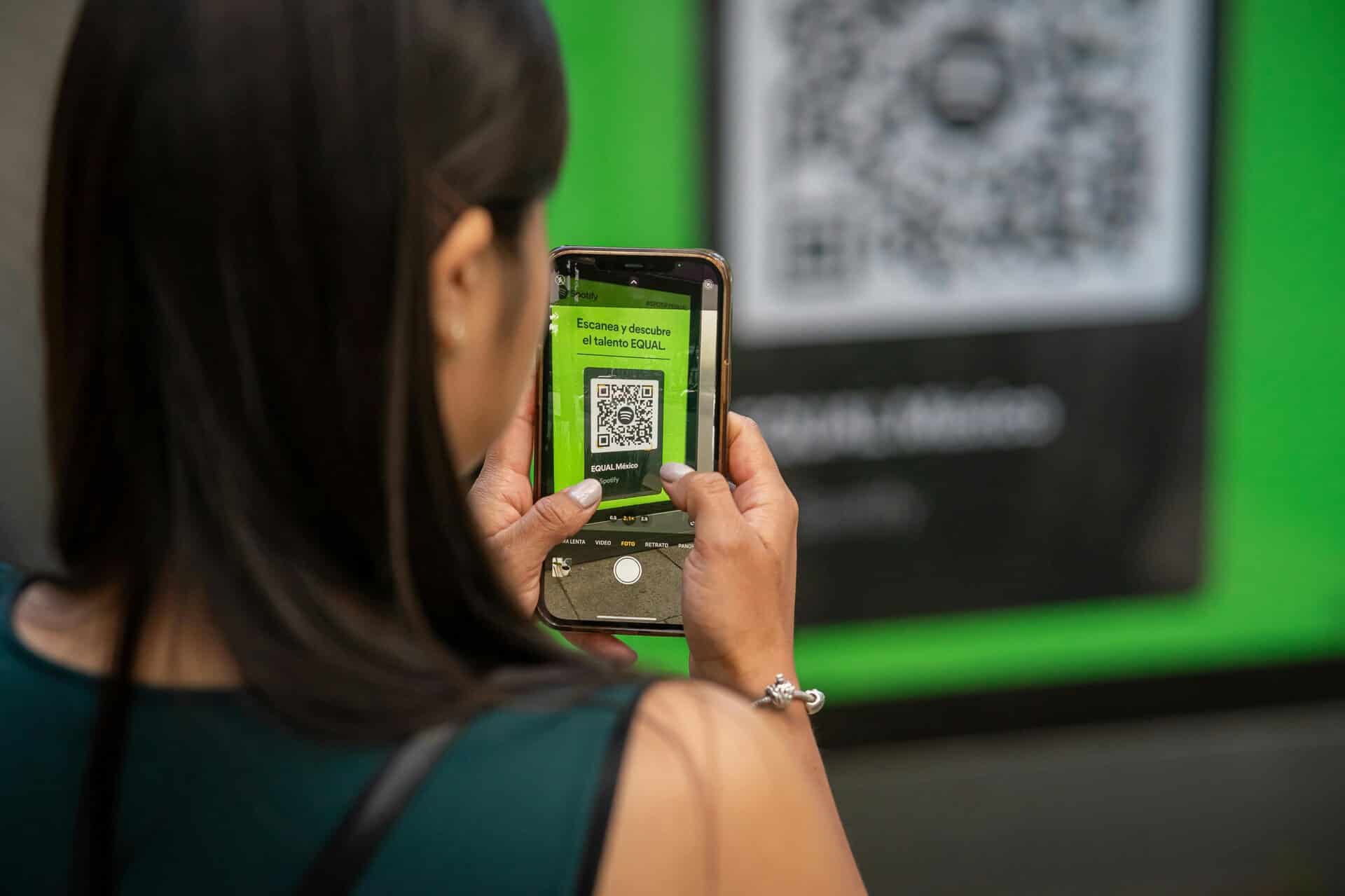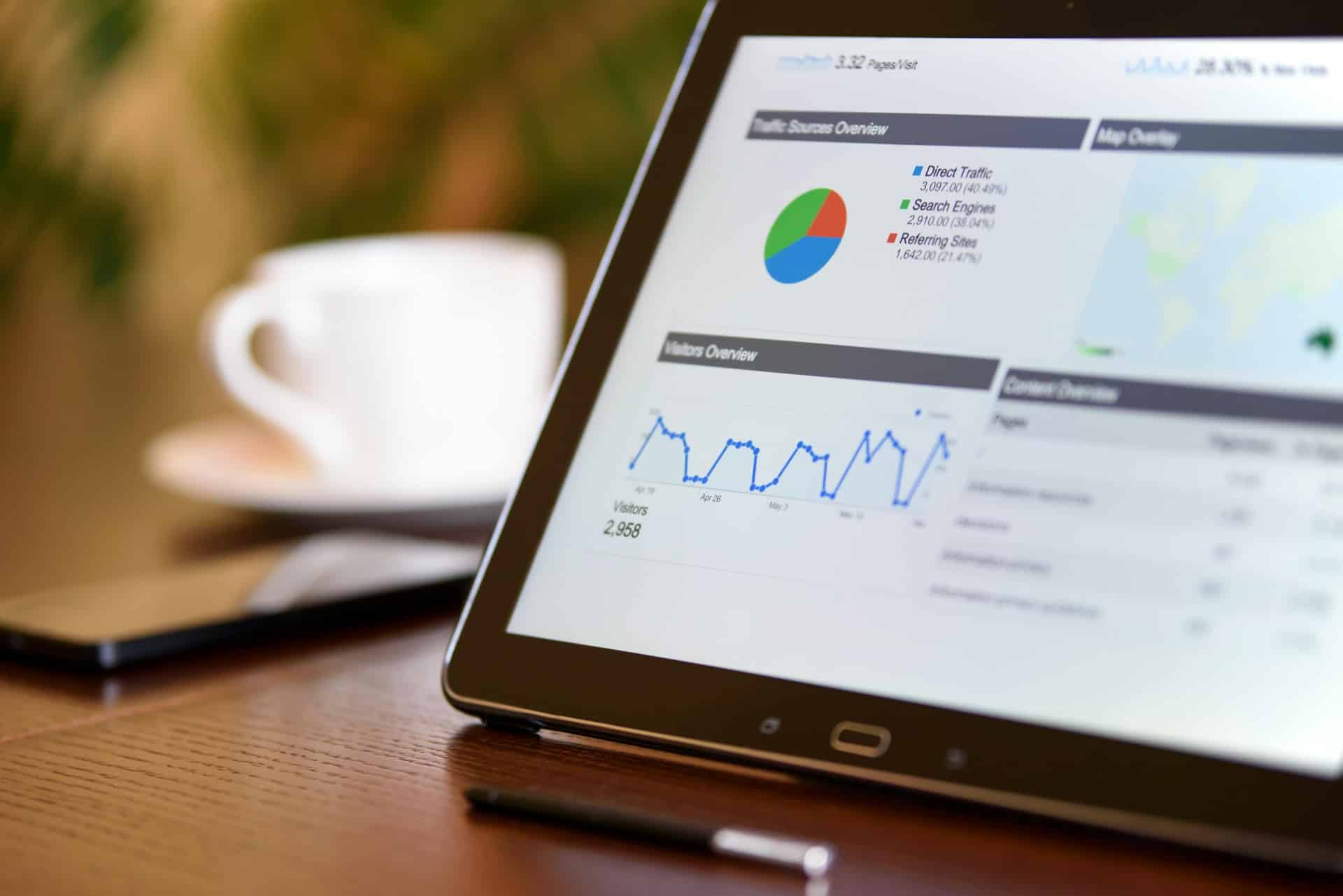Oct 26, 2020
—
What’s Going On? Changing Shopping Behavior This year, amid a U.S. presidential election and global pandemic, we’re entering the most unusual holiday season any of us have experienced before. With the pandemic serving as an accelerant to online purchasing, and operations and fulfillment in many sectors already stretched as a result, sellers are bracing for…

This year, amid a U.S. presidential election and global pandemic, we’re entering the most unusual holiday season any of us have experienced before. With the pandemic serving as an accelerant to online purchasing, and operations and fulfillment in many sectors already stretched as a result, sellers are bracing for some busy, and potentially chaotic, weeks ahead. Many advertisers—now tasked with getting ahead of the customer, whose shopping has started earlier and earlier in recent years—are wondering how they’re going to reach target consumers given their new newfound buying behaviors. The 2020 holidays will truly test retailers’ flexibility and adaptability. Where e-commerce and retail have previously played different roles in the customer shopping journey, this holiday season these two worlds will converge. An increased focus on health and safety, combined with financial concerns, will result in a shift in the way consumers spend their holiday budget.

 The pandemic has greatly affected consumer spending across all income brackets. Though consumers may not be completely putting the brakes on gift spending, they are planning to spend less than they have in previous years. About 22% of consumers said they’ll compare prices more than usual, while 21% said they’ll be giving fewer presents to family members this year. The share of U.S. consumers planning to spend $300 or less on gifts has increased over 2019.1
The pandemic has greatly affected consumer spending across all income brackets. Though consumers may not be completely putting the brakes on gift spending, they are planning to spend less than they have in previous years. About 22% of consumers said they’ll compare prices more than usual, while 21% said they’ll be giving fewer presents to family members this year. The share of U.S. consumers planning to spend $300 or less on gifts has increased over 2019.1
One in five consumers said they’re worried about finances. Unsurprisingly, these financial concerns will directly translate to the type of gifts people buy. Most plan to give practical gifts, like those that can be used at home, or fun or entertaining gifts. In early August, 59% said they planned to buy gifts from their go-to brands, while 51% planned to explore new brands when shopping for holiday gifts this year.2
This year will be one of the most promotional holiday seasons ever, especially in the apparel industry, due to excess inventory in stores that closed. These factors should translate to the largest online holiday shopping season to date across the e-commerce industry. However, most things have been thrown for a loop— consumer demand is fluctuating, inventory forecasting has become unpredictable, and supply chains are challenged. While some fortunate brands have experienced a surge in sales, overwhelming their supply chains, others have had to close stores and furlough employees as sales decreased.
More consumers are shopping online. For consumers, the acceleration toward digital has shown them the benefits and ease of online shopping, particularly in categories they previously might not have considered buying on the web prior to the pandemic, such as groceries and household essentials.
In 2019, U.S. holiday retail sales increased by 3.7% to about $1.01t, exceeding $1t for the first time. This year, eMarketer projects sales from e-commerce to grow 13.9% to $157b during the holidays, while Deloitte pegged digital sales growth during the period at somewhere between 25% and 35% year over year, generating between $182b and $196b.
According to the 2019 Adobe Digital Insights Holiday Recap report, 84% of online holiday season growth came from smartphones. While smartphones contributed a third of all holiday spend last year, actual buying metrics were quite different than shoppers coming from desktops. In fact, smartphones served more of an information tool than a buying one. Completing the buying process lagged compared to desktop metrics; 3.0 v. 5.9 checkouts per 100 visits with higher cart abandonment: 50% v. 33%.

 As more consumers spend time with digital content, advertisers in turn will compete for screen space. Achieving visibility will be crucial for brands for a successful holiday season. With the season starting earlier than ever, the annual spike in delivery demand will last even longer than usual, making it that much more challenging (and important) to stand out. Advertisers should start promoting sales earlier to take full advantage of less competition and avoid shipping bottlenecking in November and December. The weeks leading up to the traditional holiday shopping season that have been previously overlooked by advertisers are a valuable opportunity to build brand awareness and keep brands top of mind among online consumers.
As more consumers spend time with digital content, advertisers in turn will compete for screen space. Achieving visibility will be crucial for brands for a successful holiday season. With the season starting earlier than ever, the annual spike in delivery demand will last even longer than usual, making it that much more challenging (and important) to stand out. Advertisers should start promoting sales earlier to take full advantage of less competition and avoid shipping bottlenecking in November and December. The weeks leading up to the traditional holiday shopping season that have been previously overlooked by advertisers are a valuable opportunity to build brand awareness and keep brands top of mind among online consumers.
 Providing an optimized, seamless digital customer experience will provide retailers with the advantage needed to withstand the current holiday season. Innovations in e-commerce and advanced technology are creating a frictionless experience for online shoppers which is especially important given consumers’ concerns about their health and safety. There has been a jump from fast to free shipping, and even an introduction and experimentation of drone deliveries. With online shopping expected to surge through the end of the year, alternative purchase methods could help brands connect with consumers and sustain sales demand. Different click and collect options include:
Providing an optimized, seamless digital customer experience will provide retailers with the advantage needed to withstand the current holiday season. Innovations in e-commerce and advanced technology are creating a frictionless experience for online shoppers which is especially important given consumers’ concerns about their health and safety. There has been a jump from fast to free shipping, and even an introduction and experimentation of drone deliveries. With online shopping expected to surge through the end of the year, alternative purchase methods could help brands connect with consumers and sustain sales demand. Different click and collect options include:
Buy online, pick up in-store surged 259% YoY in August 2020 due to the coronavirus pandemic. As of August, about three-fourths of the top 50 U.S. store-based retailers offered curbside pickup, according to Coresight Research, an advisory and research firm that specializes in retail and technology. The convenience of touch-free shopping will likely cause permanent shifts in consumer behavior.
Additionally, QR codes, the little black and white squares that rose to popularity in the early 2010s, are making a resurgence in an increasingly contactless world. QR codes offer a touch-free way for brands to interact with customers who may be nervous returning to stores, and retailers are desperate to do just that.
Given the uncertainty that the pandemic has brought, tone and messaging of advertisements are more important than ever. Consumers want reassurance from brands they trust. Advertisers will be doubling down on feel-good campaigns and end-of-year sales to make up for lost revenue and foot traffic during mandatory stay-at-home orders. Retailers should focus on addressing the customer service issues that will arise this season, particularly with the spike in online shopping. Improvements to e-commerce or mobile capabilities, as well as curbside pickup and returns could help attract shoppers.

While different aspects of the entire retail industry have been affected, lowered media ad rates and increased organic site traffic, as a result of consumers turning to online shopping more, have actually helped alleviate some pressure for smaller retailers and direct-to-consumer brands that faced challenges regarding online customer acquisition even before the pandemic. Direct-to-consumer brands should focus on aligning logistics, making sure items are in stock and improving shipping capabilities, so products arrive on time and customers are happy.
With e-commerce predicted to overtake in-store shopping this holiday season, Target got an early start on its digital deals by announcing a new holiday kickoff called “Target Deal Days”, which will run in-store and online, where consumers can find “Black Friday” pricing on items from October to December. The sales specials began on October 13, the same day Amazon Prime Day launched. Target Deal Days is the retailer’s response to Amazon’s digital sales dominance, helping it attract online customers looking for low prices. Though Prime Day typically occurs in the summer, the pandemic pushed it back, opening up a new opportunity for competitors like Target to take advantage of the upcoming holiday season to run digital sales of their own.
 Amazon’s decision to move Prime Day from mid-July to October 13th and 14th threw an even bigger wrench into an already rocky season. This move has resulted in a different focus: de-emphasizing products for summer and back-to-school, and making the event an early lead-in to this year’s holiday season. Electronics, home fitness, toys and gaming, beauty products, and home goods are expected to be top categories this season.
Amazon’s decision to move Prime Day from mid-July to October 13th and 14th threw an even bigger wrench into an already rocky season. This move has resulted in a different focus: de-emphasizing products for summer and back-to-school, and making the event an early lead-in to this year’s holiday season. Electronics, home fitness, toys and gaming, beauty products, and home goods are expected to be top categories this season.
In its first-ever forecast for Prime Day, eMarketer expects that Amazon will generate $9.91b in sales worldwide, including $6.17b in the U.S. Heightened pandemic demand for eLearning, in-home entertainment, cooking, and sanitation products—once mundane categories—will resonate in a way they never would have previously.
Black Friday is historically the unofficial kickoff to holiday shopping, with many consumers even starting on the night of Thanksgiving following their family dinner. However, larger chains have, to an extent, canceled Black Friday this year. Big-box stores—including Walmart, Target, Kohl’s, Best Buy, JCPenney, and Foot Locker—started announcing as early as July that their brick-and-mortar locations will not be open on Thanksgiving Day. Retailers typically offer their biggest Black Friday deals over Thanksgiving weekend, but now they’re starting them earlier so shoppers don’t crowd stores all in a single day, creating a potentially dangerous situation during the pandemic. This year, 59% of consumers said they expect to start their holiday shopping online before November 1st.3
Traditionally, marketers often look at last year’s holiday trends to understand how to plan this year’s holiday advertising campaigns, but looking to the past won’t be enough to prepare for the 2020 holiday season, advertisers need to be strategic with their media plans. Choosing the right channel that will help advertisers stand out among all of the noise will be crucial to surviving this year’s pre-holiday shopping season. Industry experts expect to see paid search, social, and OTT/CTV being utilized this season—as more consumers, especially in younger cohorts, move away from traditional mediums like television and toward streaming platforms. The consumer path to purchase starts with search, mostly on their mobile device. 57% of consumers turn to search when they don’t have a brand in mind, and 91% of searches on the Microsoft Search Network were non-branded in the 2019 holiday season.4
Authentic, personalized experiences, optimized content, and advanced audience targeting are key but winning consumer hearts will require reaching them in the first place (and holding their attention long enough to make a connection). With many holiday shoppers avoiding physical stores to some degree, advertisers can look to meet consumer needs by focusing their marketing efforts on placing contextually relevant digital ads in safe and suitable environments. The good news is consumers still value advertising. 89% of consumers reported that they find online advertising important in discovering new products and promotions, while 31% said they believe that they are more receptive to ads during the holiday season.5
Now is the time for advertisers to reevaluate media plans and reallocate spend from low-performing channels and invest those dollars in channels that deliver the biggest ROI. But how do you know what is best? Advertisers looking to increase sales, attract new customers, improve conversion rates, and bridge the gap between retail and online should consider a partnership with Digital Remedy. Our 20+ years of experience and innovative media solutions will set brands up for a successful holiday season by identifying the best media types to boost ROI, effectively connecting brands with consumers across devices and screens, and continuously optimizing campaigns based on real-time measurements across customer journey touchpoints.
Flip is a competitively intelligent OTT/CTV ad platform, which allows advertisers to optimize their campaigns in real time—pinpointing exactly where conversions and revenue are coming from—to effectively maximize ROI and drive future marketing decisions. By measuring and breaking out delivered impressions across the following variables, Flip identifies and optimizes towards the best performing variables, shifting budgets appropriately including publisher, channel, device, creative, geo-location, daypart, and audience.


Use the following links to learn more about Holiday Shopping Trends and how you can reach the right audience at the right time using our cookieless targeting capabilities and innovative Flip solution.
 David Zapletal – Chief Innovation & Media Officer
David Zapletal – Chief Innovation & Media Officer
“It’s imperative that advertisers have the proper media mix and balance of various channels in order to reach target audiences. The right mix should focus on prospecting and ultimately closing the customer. With this in mind, prospecting from social while utilizing narrow datasets and then following the future customer through other channels, like display, will lead to the best ROI. As advertisers consider targeting tactics, it’s important to remember that not all contextual targeting is created equal, as some providers look for simple keywords on a page or url instead of looking at the full content of the page. Advertisers with a strong digital strategy prior to COVID-19 now have a significant advantage and will dominate the retail space moving forward—providing consumers with new experiences and fueling the growing preference of online shopping.”
Sources:
Related Posts

The State of Digital CPG Advertising Digital marketing is transforming how Consumer Packaged Goods (CPG) brands bond with their.

In the digital age, the marketing landscape has shifted—presenting both challenges and opportunities for marketers. As the world is.

In the fast-paced world of B2B marketing, the ability to consistently generate high-quality leads is more than just a.